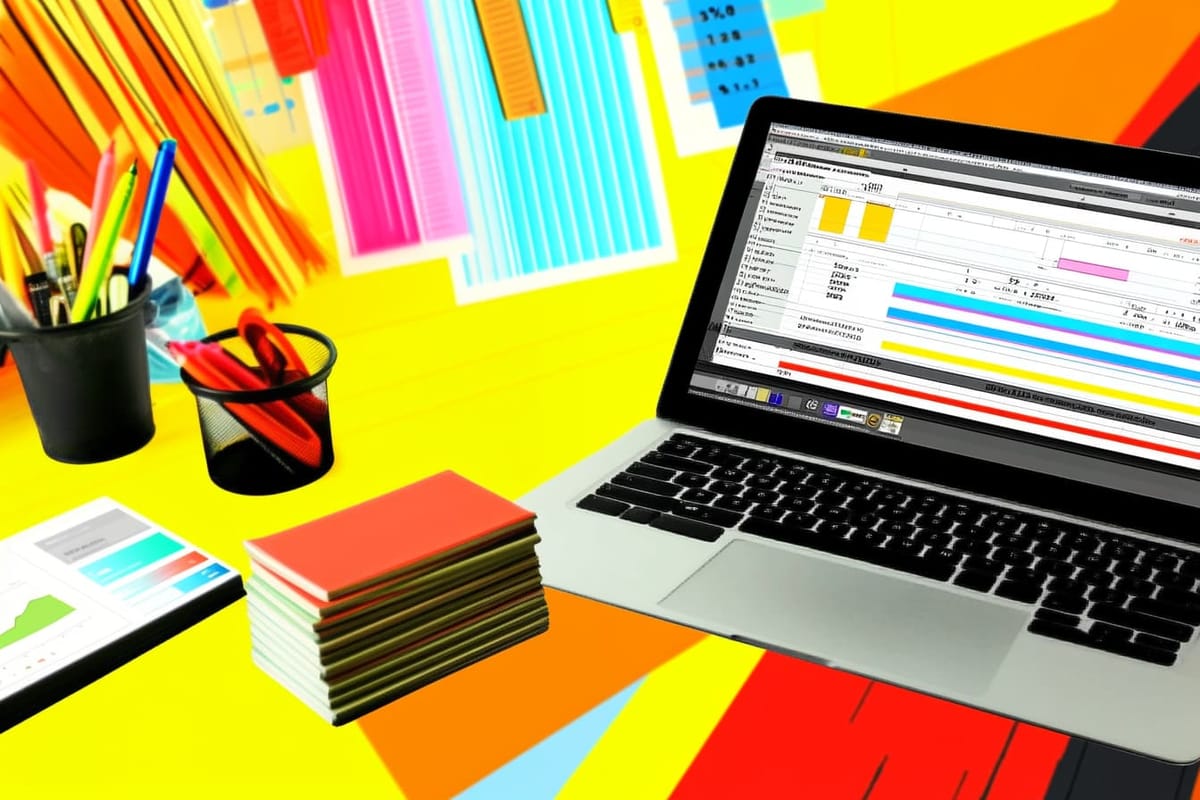Understanding Your Taxes as a Solopreneur
Taxes don't have to be overwhelming.

Taxes in the U.S. are complicated and confusing. They're hard enough for the typical employee filing a standard tax return. When you're self-employed, you have even more "tax things" to think about.
Taxes - and the amount you owe - can feel like a mystery. There’s no HR department withholding income taxes. Suddenly, you’re the employee and the employer.
The good news: depending on your business structure, you can start to plan for what you owe. Taxes become just another system to manage — and hopefully not a source of panic every year.
Want a practical toolkit to help you manage your taxes? Click here.
Your filing entity
How you file your taxes depends on your business's legal structure.
Many solopreneurs start out as sole proprietors by default. Basically, you're doing business as an individual. However, you might also form a Limited Liability Company (LLC) to protect yourself from a potential lawsuit. Forming an LLC does not change anything about how you file your taxes, unless you opt to be taxed as a Sub S Corporation.
Here's a quick breakdown.
- Sole Proprietor: You’ll report your business income and expenses on a Schedule C as part of your personal tax return (Form 1040).
- LLC: Most single-member LLCs also file using Schedule C, unless you’ve elected to be taxed as an S Corporation.
- S Corporation: You’ll file a Form 1120-S tax return. You'll also report the business's net income on a Schedule K-1, which you'll file with your Form 1040.
A Sub S Corporation is a more complicated legal structure. You become a W-2 employee of your company and have to manage payroll for yourself. However, a Sub S Corporation offers tax savings over a sole proprietorship or LLC. You can take distributions from the business that are subject to income tax, but not subject to Social Security and Medicare taxes.
There's a threshold at which the tax savings offset the fees you'll pay to manage your Sub S Corporation — around $75,000 - $100,000 in income, according to CPA Devine & Associates.
I operated as a sole proprietor for the first several years of my business. I did not form an LLC, though I carried professional liability insurance. Later, I formed an LLC and opted to be taxed as a Sub S Corporation. The LLC formation and tax election happened simultaneously.
What taxes you'll pay
As a solopreneur, you’re responsible for several types of taxes in the United States:
- Federal Income Taxes: Paid on your net business income (income minus expenses).
- State Taxes: Depending on where you live and work, you may also owe state income tax.
- Sales Tax: If you sell taxable goods or services, you may need to collect and remit sales tax. Check your state’s requirements.
If you operate as a sole proprietor or LLC, you’ll need to make quarterly estimated payments to the IRS (and possibly your state). These payments cover your expected tax liability throughout the year. Missing them can result in penalties when you file your tax return.
If you operate as a Sub S Corporation, your federal income taxes should be withheld from your W-2 income through your payroll provider. However, you'll still owe income taxes on any distributions you take.

DIY versus hiring a tax professional
When it comes to actually filing your tax return, you have two options: do it yourself or hire a professional.
If you DIY, you need to make sure you keep track of your business income and expenses throughout the year. For the first several years of my business, I managed my own bookkeeping. I kept track of income and expenses in Wave Accounting, and later QuickBooks Self-Employed.
I also prepared and filed my own Schedule C with my tax return. TurboTax walked me through everything I needed to do to gather information from my business and file the return.
However, if you're not comfortable with finances, you should look at hiring a bookkeeper and tax professional. I started using an accounting firm after I formed my Sub S Corporation. My payroll is managed through Gusto [affiliate link*], and Gusto takes care of withholding taxes and remitting payments to the IRS and state agencies.
Note: Sign up for Gusto through my link and get $100.
Hiring a bookkeeper and tax professional can save you time and maximize your tax savings. But keep in mind: they can only work with the information you provide. You'll still need to keep accurate records of your income and expenses.
For example, I have to prepare invoices for my clients in QuickBooks. My bookkeeper has no way of knowing what to bill, because I keep track of that information in Airtable [affiliate link*]. The amount owed and the payment terms are highly dependent on each client's contract, so I still have to keep that information organized.
Hiring a tax preparer can save time, but remember: they can only work with the information you provide. You’ll still need to keep accurate records of your income and expenses.
Practical Toolkit
- Wave or QuickBooks Self-Employed for accounting
- TurboTax for tax preparation
- Gusto for payroll (if you're a Sub S Corporation) [affiliate link*]
- LegalZoom to establish and maintain an LLC
How to plan for taxes
Taxes can sting if you haven’t planned ahead. I know more than one freelancer who has been surprised by a giant tax bill.
Start by setting aside a percentage of every payment you receive. Many freelancers use 25–30% of income as a rule of thumb, though your exact rate depends on your income and state taxes. It will also be different depending on your tax filing status, marital status, dependents (kids), and other factors. You’ll pay taxes on your net income, which is your revenue minus deductible business expenses.
A separate savings account specifically for taxes can help keep your finances organized. Every time a client pays an invoice, transfer a portion into that account. That way, you're not scrambling when quarterly payments are due or when you prepare your annual tax return. Some business bank accounts will even do this for you automatically, making it even easier to save for taxes.
Taxes are never fun, but they don’t have to be overwhelming. With the right systems in place, you can be prepared for what you owe.
Need to review the health of your business? Check out my quarterly planning checklist for solopreneurs.







